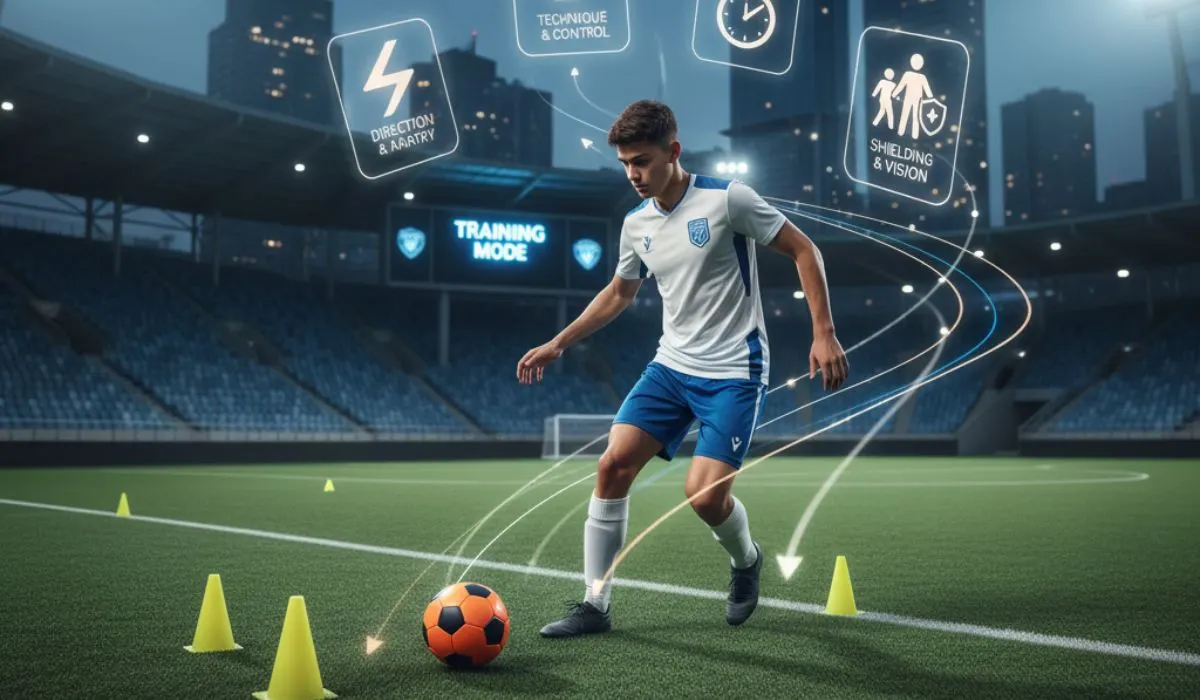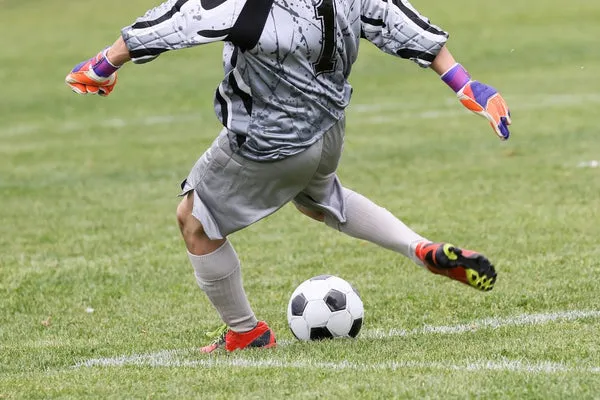
In today's advanced age, College Football Targeting Rule has developed more energizing than ever. But with quick plays and solid hits, player security has gotten to be a huge center. One of the rules made to ensure players is the focusing on run the show. This run the show has changed how players handle and play the diversion. Let’s jump into it and get it it in straightforward terms.
The reason of this direct is to clarify the focusing on run the show clearly. We will cover what it is, how it works, punishments, and why it things. By the conclusion, you will know why this run the show is critical for the diversion and player safety.
What is the Targeting Rule?

The focusing on run the show is almost security. It anticipates players from hitting others in unsafe ways. College football players are huge and quick. A off-base hit can cause genuine wounds. The focusing on run the show stops hits to the head or neck area.
Here’s how it works:
- A player cannot hit another player over the shoulders with head protector, lower arm, elbow, or shoulder.
- Hits that are unsafe or purposefulness are called targeting.
- Referees observe the play closely. If they see focusing on, they halt the diversion and allow a penalty.
Read Also: Football Injury Prevention and Recovery Tips
How Referees Identify Targeting?
Targeting is not continuously simple to see. Officials see at a player’s body position and protective cap development. Here are a few key focuses they check:
- Helmet hits: If the player leads with their protective cap into another player’s head or neck.
- Crown of the head protector: Utilizing the best of the protective cap to hit is continuously illegal.
- Lowering the bear: Players cannot lower their bear and hit over the neck.
- The official can survey the play on video if required. If affirmed, the punishment is connected immediately.
Penalties for Targeting
Targeting punishments are strict since security is the best need. When a player is hailed for focusing on, here’s what happens:
- The player is evacuated from the diversion. This is called ejection.
- The group moreover loses 15 yards. This is a huge drawback in football.
- Sometimes, focusing on is called on defense or offense. Both are treated the same. The objective is to make players think some time recently making unsafe hits.
Why the Targeting Rule is Important?
The focusing on run the show secures players from genuine wounds. College football is energizing, but head and neck wounds can be life-changing. Here’s why this run the show matters:
- Player security: Diminishes concussions and neck injuries.
- Fair play: Stops unjustifiable and unsafe hits.
- Coaches and players presently prepare in an unexpected way. They center on handling securely without utilizing the head protector to hit. This makes the diversion more secure and keeps it fun for everyone.
Tips for Avoiding Targeting Penalties
Players can maintain a strategic distance from focusing on punishments by taking after a few basic tips:
Keep your head up: Don’t lead with your protective cap. Utilize your bear safely.
Aim moo: Hit the chest or body instep of the head.
Referees compensate secure hits. Groups hone these rules each week. By maintaining a strategic distance from unsafe hits, players remain in the diversion and keep their "College Football Targeting Rule".
Video Review and Targeting
Sometimes focusing on is not clear in genuine time. Arbitrators utilize video survey to check plays carefully. Here’s what happens:
- The arbitrators observe distinctive points of the play.
- They choose if the hit is over the shoulders and intentional.
- If affirmed, the launch and punishment are connected immediately.
Video survey makes a difference make the amusement more secure and more attractive. Players know that unsafe hits are likely to be caught.
Controversies Around the Rule

Some fans and players don’t like the focusing on run the show. They think it moderates the diversion or rebuffs forceful plays. But the fundamental objective is security. College football is a quick amusement, and players are enormous and strong.
- Some punishments appear unforgiving, but they avoid genuine injuries.
- The run the show too educates players to handle safely.
- Over time, most players acknowledge the run the show since it keeps them and their partners safe.
You May Also Like: Football Rules for Beginners Explained
FAQs About College Football Targeting Rule
Q1: Can a player be ejected for accidental targeting?
A1: Yes, if the hit is over the shoulders, the official can call focusing on indeed if it was not purposefulness. Video audit makes a difference affirm this.
Q2: Does targeting only apply to defense?
A2: No, focusing on can happen on offense or defense. Any unsafe hit to the head or neck region can be called targeting.
Q3: How can players avoid targeting penalties?
A3: Keep your head up, hit with your body, not your head protector, and continuously point for the chest or midsection. Secure handles anticipate penalties.
Conclusion
The college football focusing on run the show is basic but imperative. It ensures players, keeps the amusement reasonable, and decreases genuine wounds. Players must handle securely and dodge hitting the head or neck zone. Officials observe closely, and video survey makes the diversion safer.
Coaches prepare players to play difficult but securely. Fans may in some cases oppose this idea with calls, but the run the show is for the well-being of players. Understanding focusing on makes a difference everybody appreciate the diversion without putting anybody at risk. By taking after this run the show, college football gets to be more secure, and players can center on expertise and collaboration instep of perilous hits. Keep in mind, secure hits keep players on the field and the amusement energizing for fans.





